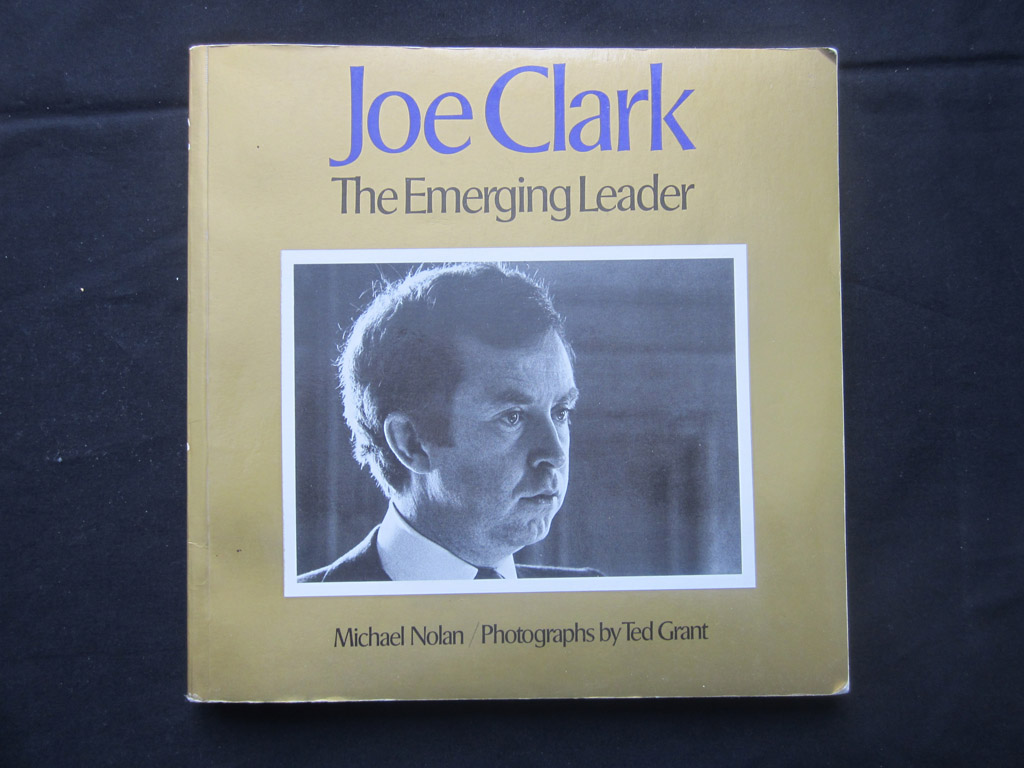
As promised when I launched the I am introducing a new feature to my blog. Bill’s 6 will be top 6 lists on a variety of topics. This week is the first.
In putting this list together, I want to point out that I specifically chose not to include areas of public policy. Governments are elected to enact legislation and I have no desire to open a debate on the merits of those policies. That goes beyond what I’m doing with this list (besides…it could anger people and the intent of this particular list is entertain). Also, when I launched the site, I noted that I wasn’t going to include contemporary politics. Therefore, I am not including anything on the list about anyone or anything that could in any way be considered as a part of current politics (again…don’t want to anger people about current events). I hope that you enjoy…
6. H. H. Stevens and the Reconstruction Party of Canada – Stevens left the governing Conservative Party and formed the Reconstruction party in 1935. While his party finished third in the popular vote in the 1935 election, Stevens was the only person elected. The party folded in 1938 when Stevens rejoined the Conservatives. Had he not left and formed his own party, there’s a good chance, given that he was still held in high esteem for his work in areas such as the Price-Spreads Commission, he might have been tapped to lead the Conservatives after the debacle of the 1935 election. Had this happened, he may, very well, have become Prime Minister. A personal opinion, but, not one without some merit (also a personal opinion).
5. Ontario Election Ads (1999 & 2003) – This one is a multi-partisan slam. In 1999, the Ontario Liberals ran an ad that showed leader Dalton McGuinty using the line “I’m not up for the job” multiple times. While not the intent of the ad, repetition is the key to advertising. It’s the line that stuck and one that the PC government repeated numerous times. Turnabout is fair play. In 2003, the Ontario PC government of Ernie Eves aired an ad that talked of the Premier’s handling of crises such as sars and the power outage. While the attempt was to show leadership during difficult times, it actually had the effect of reminding voters of the crises that occurred under Eves. Media matters and these were two CLASSIC fails.
4. 1972 “The Land is Strong” – This was the slogan for the 1972 Liberal party of Canada campaign of Pierre Trudeau. Only, no one knew what it meant, and, many voters actually didn’t agree. The Liberals managed to hold onto power with 109 seats to the Progressive Conservative’s 107. The land may have been strong, but the campaign slogan was not.
3. Joe Clark and the PC Party Leadership (1983) – In 1983, 33.1% of Progressive Conservative delegates supported dumping their leader Joe Clark and holding a leadership convention. This meant that 66.9% of delegates supported Mr. Clark and his continued leadership (in simple terms, over 2/3 supported him). However, for Mr. Clark, this wasn’t enough. He resigned the leadership and announced that he would be a candidate to replace himself. In the end, he would lose the leadership and his chances of regaining the Premiership of the nation. He didn’t have to go, but, for some reason, he left.
2. Lester Pearson’s “suggestion” to John Diefenbaker – Soon after winning the leadership of the Liberal party of Canada, new leader, Lester Pearson, rose in the House of Commons and demanded that new Prime Minister John Diefenbaker turn the government over to the Liberals without bothering to call an election because that’s what Canadians really wanted. Diefenbaker, riding high in the honeymoon of his recent election, decided to ask the voters, themselves, what they really wanted. He called an election and won 208 seats, the largest ever won by a party in an election up to that point. Guess Pearson was wrong about what Canadians wanted.
1. The 1993 PC Party Election Campaign – When brainstorming this list, I noticed that a number of items from the Progressive Conservative party of Canada’s 1993 election campaign were on my list. It only made sense, then, to make their whole campaign, the biggest bone-head move in Canadian political history. The campaign kicked off with party leader Kim Campbell informing Canadians that elections were not the time to discuss important issues. During the campaign, she would take time off for a “mini-vacation” with her boyfriend. She would be demolished in the debate by her unwillingness to answer questions about the country’s deficit. The party also aired (though only once) an ad that mocked the Liberal leader’s physical condition. In the end, the country sent the ultimate message (and one that reinforces my choice)…the party only won 2 seats.
Do you agree with my choices? Share your thoughts in the comment section. Next week, I’ll do my US list.

